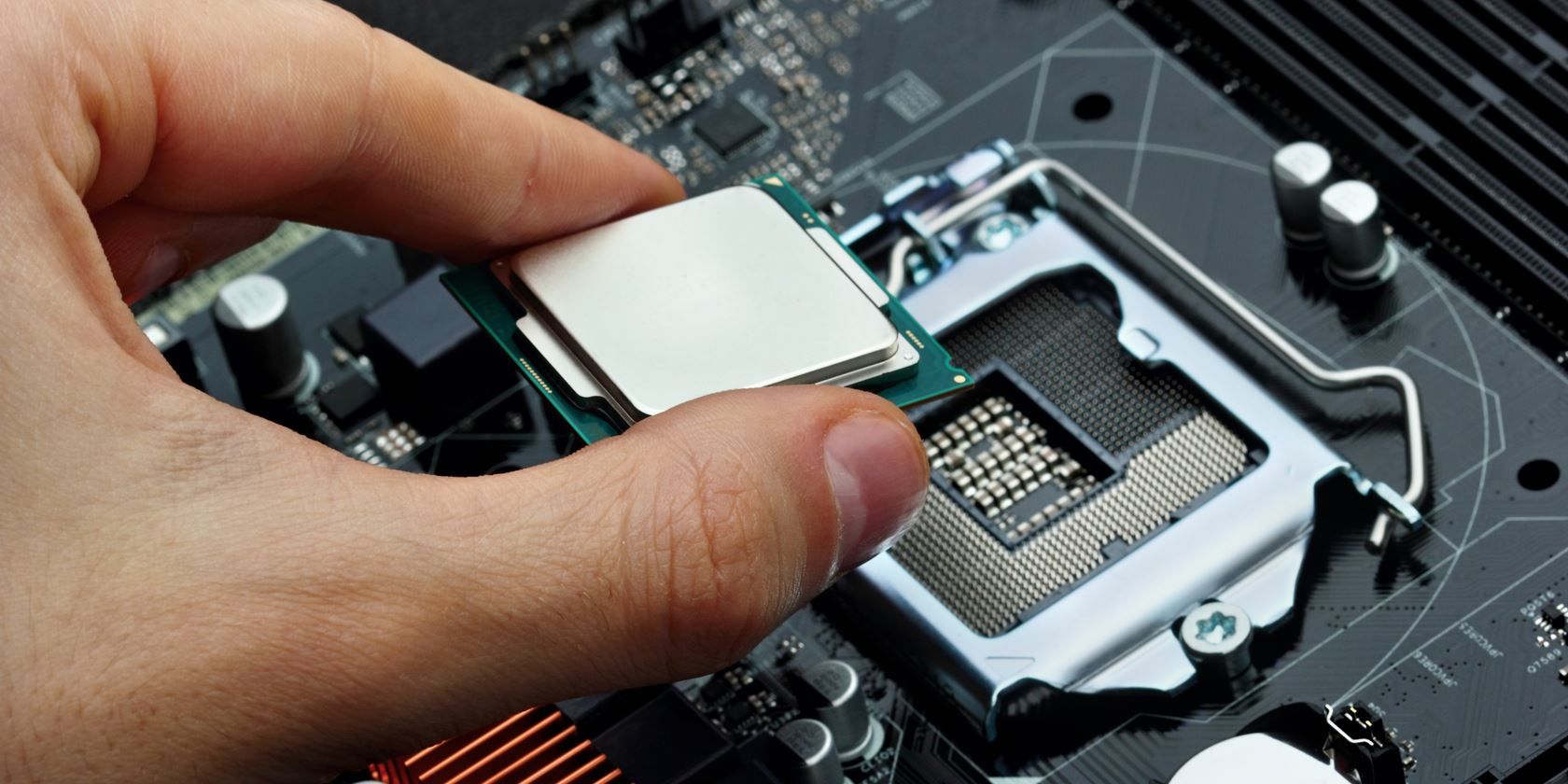
Modern computers are truly amazing, continuing to improve as the years go by. One of the many reasons why this has happened is due to better processing power. Every 18 months or so, the number of transistors that can be placed onto the silicon chips within integrated circuits doubles.
This is known as Moore’s Law and was a trend noticed by Intel co-founder Gordon Moore back in 1965. It is because of this reason that technology has been spurred on at such a rapid pace.
What Exactly Is Moore’s Law?
Moore’s Law is the observation that as computer chips get faster and more energy efficient, whilst becoming cheaper to produce. It is one of the leading progression laws within electronic engineering and has been for decades.
One day, however, Moore’s Law is going to come to an ‘end’. Whilst we have been told about the impending end for several years, it is almost certainly approaching its final stages in the current technological climate.

It is true that processors are constantly getting faster, cheaper, and having more transistors packed onto them. With each new iteration of a computer chip, however, the performance boosts are smaller than they once were.
Whilst newer Central Processing Units (CPUs) come with better architecture and technical specs, the improvements for everyday computer-related activities are shrinking and occurring at a slower rate.
Why Does Moore’s Law Matter?
When Moore’s Law finally does “end,” silicon chips will not accommodate additional transistors. This means that in order to further advances in technology and bring around the next generation of innovations, there will need to be a replacement to silicon-based computing.
The risk is Moore’s Law comes to its certain demise without there being a replacement. If this happens, technological progress as we know it could be stopped dead in its tracks.
Potential Replacements of Silicon Computer Chips
As technological progress shapes our world, silicon-based computing is quickly approaching its limit. Modern life depends on silicon-based semiconductor chips that power our tech—from computers to smartphones and even medical equipment—and can be switched on and off.
It is important to know that silicon-based chips are not yet ‘dead’ as such. Rather, they are far past their peak in terms of performance. That doesn’t mean we shouldn’t be thinking about what can replace them.
Computers and future tech will need to be more agile and extremely powerful. To deliver this, we will need something far superior to current silicon-based computer chips. These are three potential replacements:
1. Quantum Computing
Google, IBM, Intel and a whole host of smaller start-up companies are in a race to deliver the very first quantum computers. These computers will, with the power of quantum physics, deliver unimaginable processing power delivered by ‘qubits’. These qubits are far more powerful than silicon transistors.
Before the potential of quantum computing can be unleashed, however, physicists have many hurdles to overcome. One of these hurdles is to demonstrate that the quantum machine is supreme by being better at completing a specific task than a regular computer chip.
2. Graphene and Carbon Nanotubes
Discovered in 2004, graphene is a truly revolutionary material that won the team behind it the Nobel Prize.
It is extremely strong, it can conduct electricity and heat, it is one atom in thickness with a hexagonal lattice structure, and it is available in abundance. It may be years before graphene is available for commercial production, however.
One of the biggest problems facing graphene is the fact that it can’t be used as a switch. Unlike silicon semiconductors that can be turned on or off by an electrical current—this generates binary code, the zeroes and ones that make computers work—graphene cannot.
This would mean that graphene-based computers, for example, could never be switched off.

Graphene and carbon nanotubes are still very new. Whilst silicon-based computer chips have been developed for decades, graphene’s discovery is only 14 years old. If graphene is to replace silicon in the future, there remains much that needs to be achieved.
Despite this, it is undoubtedly, in theory, the most ideal replacement for silicon-based chips. Think of foldable laptops, super-fast transistors, phones that can’t be broken. All this and more is theoretically possible with graphene.
3. Nanomagnetic Logic
Graphene and quantum computing look promising, but so do nanomagnets. Nanomagnets use nanomagnetic logic to transmit and compute data. They do this by using bistable magnetization states that are lithographically affixed to a circuit’s cellular architecture.
Nanomagnetic logic works in the same way as silicon-based transistors but instead of the switching on and off of the transistors to create binary code, it is the switching of magnetization states that do this. Using dipole-dipole interactions—the interaction between the north and south pole of each magnet—this binary information can be processed.
Because nanomagnetic logic does not rely on an electrical current, there is a very low power consumption. This makes them the ideal replacement when you take into account environmental factors.
Which Silicon Chip Replacement Is Most Likely?
Quantum computing, graphene, and nanomagnetic logic are all promising developments, each with its own merits and drawbacks.
In terms of which one is currently leading the way, though, it is nanomagnets. With quantum computing still being nothing but a theory and practical problems facing graphene, nanomagnetic computing looks like it is the most promising successor to silicon-based circuits.
There is still a long way to go, though. Moore’s Law and silicon-based computer chips are still relevant and it might be decades before we need a replacement. By then, who knows what will be available. It may be the case that the technology that will replace current computer chips is yet to be discovered.
Read the full article: When Moore’s Law Ends: 3 Alternatives to Silicon Chips
from MakeUseOf https://ift.tt/2QqhwzM
via IFTTT

0 comments: